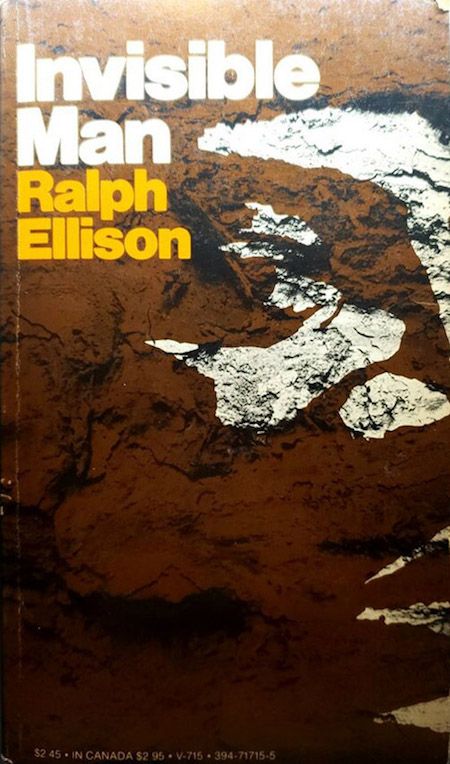


These are all the more striking with the accompanying passages from the novel, but also because they show the thing itself: The most brilliant aspect of the novel “Invisible Man” is its use of perspective the narrator, despite going through the black experience, never actually comes out and says that he is a person of color. “Window, 1952” is out of focus just enough to establish the pace in which the narrator is fleeing the violence welling up inside of him over what he sees, while “The Invisible Man, 1952” shows the him lifting a manhole cover with the anxious poise of looking over one’s shoulder. This scene, of the narrator’s heavily-illuminated basement lair, is carried through to its own print, “Untitled, 1952,” which portrays him cleaning Louis Armstrong records for listening. The marquee image, “Invisible Man Retreat, 1952,” was created by superimposing a negative of a staged scene onto an actual nighttime view of New York City’s skyline. The Gordon Parks Foundation.įirst came the Life magazine spread, “A Man Becomes Invisible,” announcing the release of Ellison’s novel. Contact Sheet, “A Man Becomes Invisible,” Life story no.

Both aspire for the universal, however, and this similarity, of type if not of method, doubtlessly influenced the handful of projects the two collaborated on. Much of Parks’ majesty is contingent upon the proliferation of images that would be relatable to large amounts of people, while Ellison broke through the barriers of blackness by turning its parameters on their collective head. Given this schism, it is both jarring and refreshing to see them in the same space. It makes for indispensable reading, but its existential declarations had no practical use as “ We Shall Overcome ” gave way to Black Power, and the concerns of the respective community shifted from the metaphysical to the tangible. “Invisible Man,” his 1952 novel revolving around race and marginalized communities, contains several philosophical insights on identity but ultimately implicates everyone, black white or whomever, in an inability to truly see. His most famous quote has him personifying the camera as “a weapon against poverty, against racism, against all sorts of social wrongs.”Įllison lacked these presumptions. The subversive nature of Parks’ subjects, often blacks living similarly behind the color line, was deliberate. The answer may very well be a definition of terms. Yet when one speaks of civil rights, Parks is mentioned prominently while Ellison is seldom - if at all. The “Invisible Man” exhibit at the Art Institute of Chicago does much to prove this point, while also serving as a correction of sorts.Īfter all, the author - the first black writer to be awarded the National Book Award - was just as groundbreaking as the photographer, who was the first black photographer at Vogue, and then Life, which featured his most famous projects. The Art Institute of Chicago, anonymous gift.ĭespite the latter finding his identity through high aestheticism and the former through documentary realism, photographer Gordon Parks and the novelist Ralph Ellison are more alike than not.


 0 kommentar(er)
0 kommentar(er)
